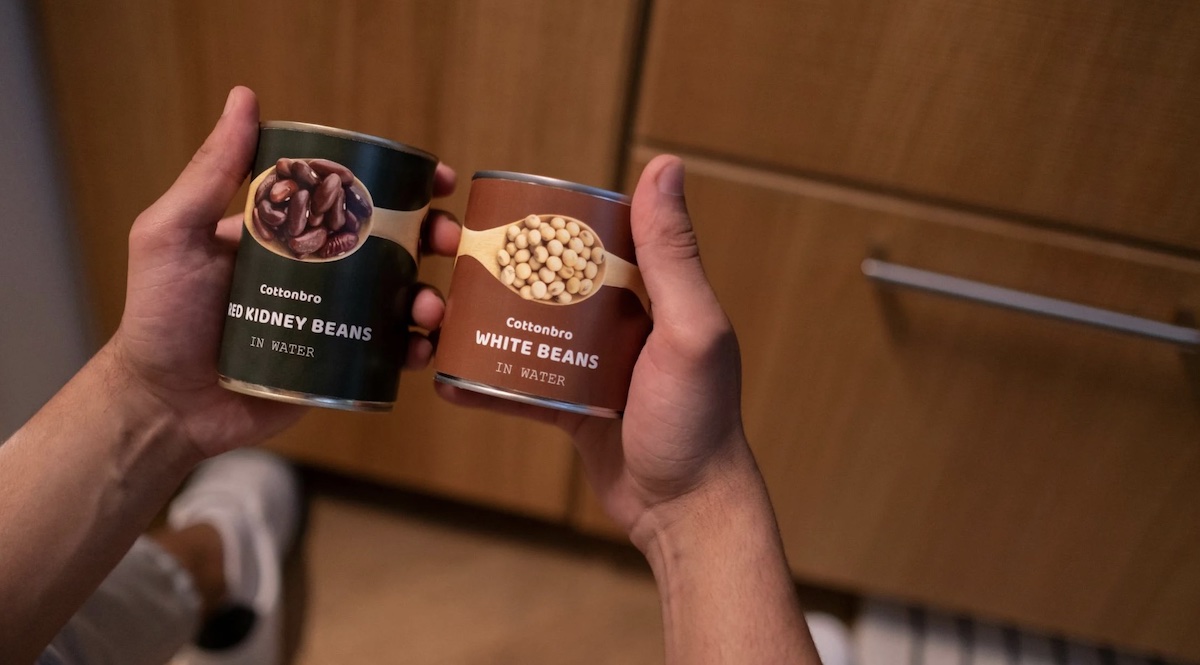Understanding How to Read Nutrition Labels

Nutrition labels can be confusing, to say the least. How important is it to flip over our food packages and look at the nutrition information labels? What should we be looking for in our daily diet? Are protein, carbs, fiber, fat, and all the other things — good or bad? How much is too much, and how little is too little? Can we even trust these labels?
Let’s shed some light on nutrition information labels, including portion sizes, serving of food, total number of servings, and other important information for the general population.
What are we really looking at when we flip over our protein bar?
Serving Sizes:
On a nutrition label, the first thing you’ll see is how many servings there are per container and the recommended serving size. Serving sizes are simply a way to standardize information provided by the food company, but it’s not necessary to strictly follow them. For example, on an egg carton, a “serving size” is one egg. This doesn’t mean you need to only eat one egg; it just means the nutritional information refers to one egg. I appreciate the recommendations, but I prefer listening to my body and what it needs.
Serving sizes play a crucial role in understanding the nutritional information of a food item. For those with specific health conditions, being mindful of serving sizes is particularly important for maintaining a balanced diet. Properly interpreting these labels can help you make informed choices that contribute to good health and the prevention of chronic diseases. While serving sizes offer a standardized reference, it’s essential to adjust portions based on your individual activity level and nutritional needs. This approach ensures that you’re not only following a healthy diet but also supporting your body in the best way possible.
Macros:
The next thing you’ll see on a nutrition label is the number of calories, total calories from fat, total protein, total carbohydrate, and dietary fiber in a single serving of that particular food product. In these categories, you’ll see what a food or snack is primarily composed of. For example, if you see a protein bar with 20 grams of protein, 4 grams of fat, and 8 grams of carbs, you’ll see that it is primarily a protein source. It has more protein than any other macronutrient. Conversely, if you flip over a package of crackers and it has less than 1 gram of protein, 4 grams of fat, 36 grams of carbs, and 5 grams of fiber, you’ll see that it’s primarily a carb source with a sprinkle of fiber. Nutrition labeling provides information to tell you what a food is mostly composed of, helping you understand the macronutrient balance in packaged food.
This can be helpful information if you’re looking to see how filling and nourishing a food might be. For instance, if I compare two yogurt containers and find that one has 4 grams of protein per ¾ cup and the other has 16 grams of protein per ¾ cup, I might choose the one with more protein because it will keep me fuller longer. The same applies to oatmeal; I might compare two quick oatmeal packs and find that one has 4 grams of added sugar while the other has 13 grams of added sugar. Knowing that the one with 13 grams of sugar might give me more of a sugar rush without added satisfaction, I can make a more informed choice. Neither option is inherently bad, but the nutrition labeling, including the ingredients list, number of grams, and percent daily value on the food package, helps me make the best choice for me. Understanding the reference amount and comparing similar products allows for better decisions tailored to individual needs and goals.
Ingredients:
The ingredient list typically falls just below the nutrition label on most food packages. It lists the ingredients in order from greatest to least by weight used in the making of the food. For example, in a Quaker Oats maple and brown sugar packet, the first ingredient is quick oats, the second is sugar, the third is salt, and the fourth is natural flavors. (Most processed food items will have “natural flavors” listed and aren’t legally required to specify what those are). Understanding the types of carbohydrates, such as table sugar, used in the ingredients can help you make healthier food choices and consider the impact on your overall health.
Compare that ingredient list with the labeled “healthy” brand, Kodiak Cakes, which is double the price for a “protein” option. This one is deemed healthier and able to price itself as such but contains ingredients such as dextrose and added starch. This isn’t terrible, and we’ve bought our fair share of Kodiak Cakes in our house, but it’s something to note that just because it’s marketed as the healthy option, doesn’t mean it’s not riddled with additives. While it has 5 more grams of protein than the Quaker Oats brand, is it worth paying double the price when both still lack key nutrients and aren’t full protein sources? Knowing the entire package’s ingredients and the total sugars can help you make more informed decisions about your healthy foods and overall diet.
Deceptive Labels:
One of the reasons nutrition labels can be so helpful is because they put the power in the consumer’s hands to make the best decisions for you and your family if you know how to read them. We can’t blindly trust a food company’s claims that something is “high in protein!” or “a great fiber source” or “really healthy!” Nutrition labeling provides the necessary nutritional information to understand the true value of a food product.
We know that food companies can get away with claiming just about whatever they want in their marketing and packaging. A Snickers bar can label itself as “high protein” because it has 5g of protein instead of 2g compared to a Hershey’s bar, even though it also has 26g of added sugar. It’s obviously primarily a sugar and carb source with little to no nutritional value, yet the company can mislead and exaggerate through marketing to make it seem like a healthier option. That doesn’t mean you can never eat a Snickers bar. It just means it’s definitely not a protein source and doesn’t meet your important nutrient needs. Understanding nutrition labels can help you see through these deceptions and make choices that align with your nutrient needs, avoiding food items with too much added sugars.
What can you do?
The good news is, you’re not doomed by deceptive marketing. When you know better, you can do better. Always flip over the packaging and glance at the food labels on the back of your food. Is it really high in fiber and protein? How much added sugar is there? Is it primarily a fat or carb source and needs to be paired with protein and fiber to make it more filling and nutritious? You get to take the power into your hands and make those choices.
At heart, I’m a foodie and I truly love trying fun flavors and doing what I can to make my food taste… really good! Sometimes that means sauces, packages, canned items, all the things. I don’t mind that at all! Processed foods always have a place in our diets and it doesn’t make them bad or unhealthy at all that they’re processed. Some added sugar here and there won’t kill you, promise. But personally, I don’t want it in my crushed canned tomatoes or corn. So I’ll make a point to read my canned foods and choose the options without added sugar because it doesn’t add or take away from my satisfaction. But if I want an Oreo, I’m not choosing the sugar-free option because believe it or not, there’s little to no calorie difference between sugar-free cookies and the original and to remove the sugar they need to add a lot more artificial ingredients. Pick and choose where you want your additives, sweeteners, and fillers. Avoid them where you can and enjoy them in moderation when you can’t.
When in doubt, flip it over, glance, and make an educated decision!
With my clients, I focus on shifting habits without restricting or counting calories to achieve sustainable weight loss or weight maintenance. We use practical nutrition so we can live life and feel our best! If you’re ready to dive deep into your habits and feel confident about your choices surrounding food again,* book a free consultation with me here!
